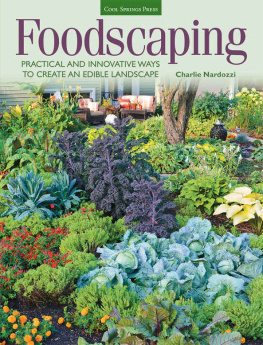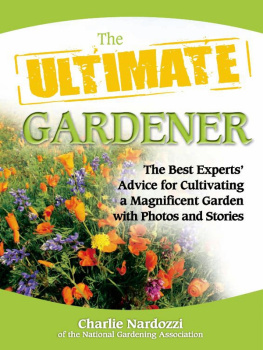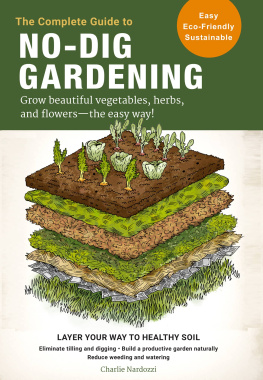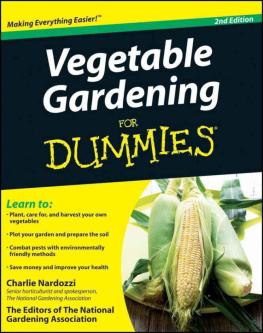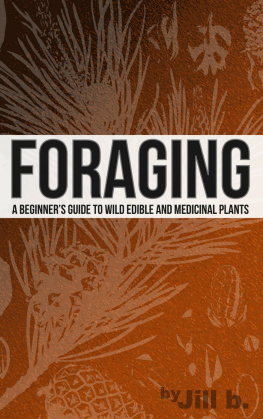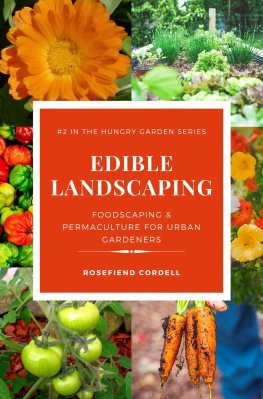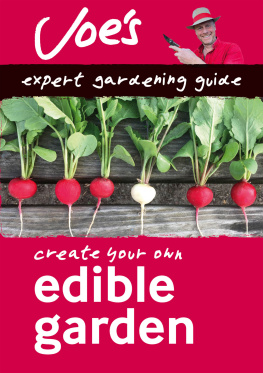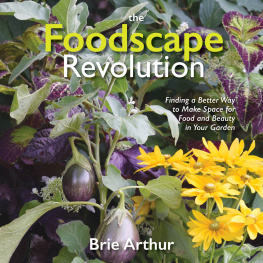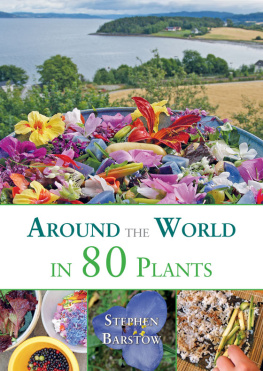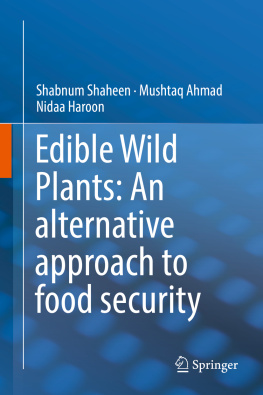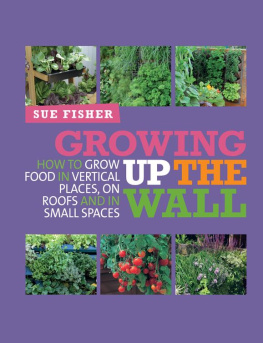The National Gardening Association recently estimated more than forty-two million households in the United States are growing some of their own food. Thats one in three households in our country. Its a 17-percent increase since 2008, and the trend is continuing. What I find most significant and encouraging is that the millennial generation (ages eighteen to thirty-four) increased their participation in food gardening by 63 percent over the same time period.
This trend in more food gardeners is important, because its estimated by 2050 there will be nine billion people on the planet. To put that number in perspective, well have to grow more food in the next forty years than all of mankind has produced in the last 10,000 years combined. Thats a lot of food. Certainly big farms in the United States and other countries will continue to supply us with great food, but increasingly I feel well have to produce a portion of our food in our own yards. We have done this before, in the 1940s. The Victory Garden movement during World War II encouraged homeowners to grow their own vegetables, fruits, and herbs, and we responded by producing more than 40 percent of our produce in yards across the country.
Superfoods
Its not just about growing fresh food. Its also about growing food thats tasty and healthy for us. Certainly any fresh food harvested directly from your own garden is going to have a higher nutritional content than store-bought produce. But in a foodscape, you can really focus on those foods that make the biggest nutritional and health impact. The following table, Superfoods from Your Garden, highlights some of the great superfoods that you can grow in your foodscape that will be tasty and beautiful and packed with health-promoting vitamins, minerals, and compounds.
The health of our food depends on whats used to grow it. Many home gardeners start growing their own fruits, vegetables, and herbs out of concern for whats sprayed on commercial produce. By growing your own, youll know exactly what has been applied to those plants to get them to produce so wonderfully. Many gardeners have turned to organic gardening techniques to feel safer about the sprays and fertilizers they are using. Organic techniques emphasize building soil health, using natural fertilizers, and using organic pesticides and herbicides only as a last resort. Some of these methods are outlined in . With the advent of improved organic fertilizers and pesticides and herbicides, its easier than ever to grow home produce and fruits without using synthetic sprays. If youre concerned about pesticide residue on your foods you can certainly buy organically grown fresh produce. While certified organic farms dont use synthetic pesticides, even organic farmers have run into issues. There have been cases of contamination of produce, such as spinach, on organic farms with E. coli bacteria.
How to Decide What to Grow
While growing all your own vegetables, herbs, and fruits is a noble cause, most of us dont have the climate, land, or time to do that.
Another option is to grow only those vegetables and fruits that are most likely to have pesticide residues on them. That way you wont have to buy them. The Environmental Working Group (EWG) has tested fresh produce and fruits and has come up with a list of those plants most likely to have residues on them. Some are more pesticide-laden than others. For example, the average potato has more pesticide residue by weight than any other vegetable, and a single grape sample had fifteen pesticides detected. The EWG list of the Dirty Dozen is on .
So when in doubt, grow these vegetables and fruits (if possible) in your yards. At least youll be avoiding some of the more heavily sprayed produce. On the flip side, the same organization has a list of the least sprayed vegetables and fruits. This list is called the Clean Fifteen (see ).
If you cant grow everything, you can feel a little safer buying these fruits and veggies, orgainically grown or not, in your local grocery stores.
Superfoods from Your Garden
Superfoods are all the buzz these days. Depending on what you read, almost every vegetable, fruit, and herb can be considered a superfood. Thats okay with me, as long as it gets us eating more of them. Ten of these superfoods that you can grow in your garden are highlighted below. The table focuses on the ones that are attractive as well as edible and highly nutritious. Certainly, there are many more.

